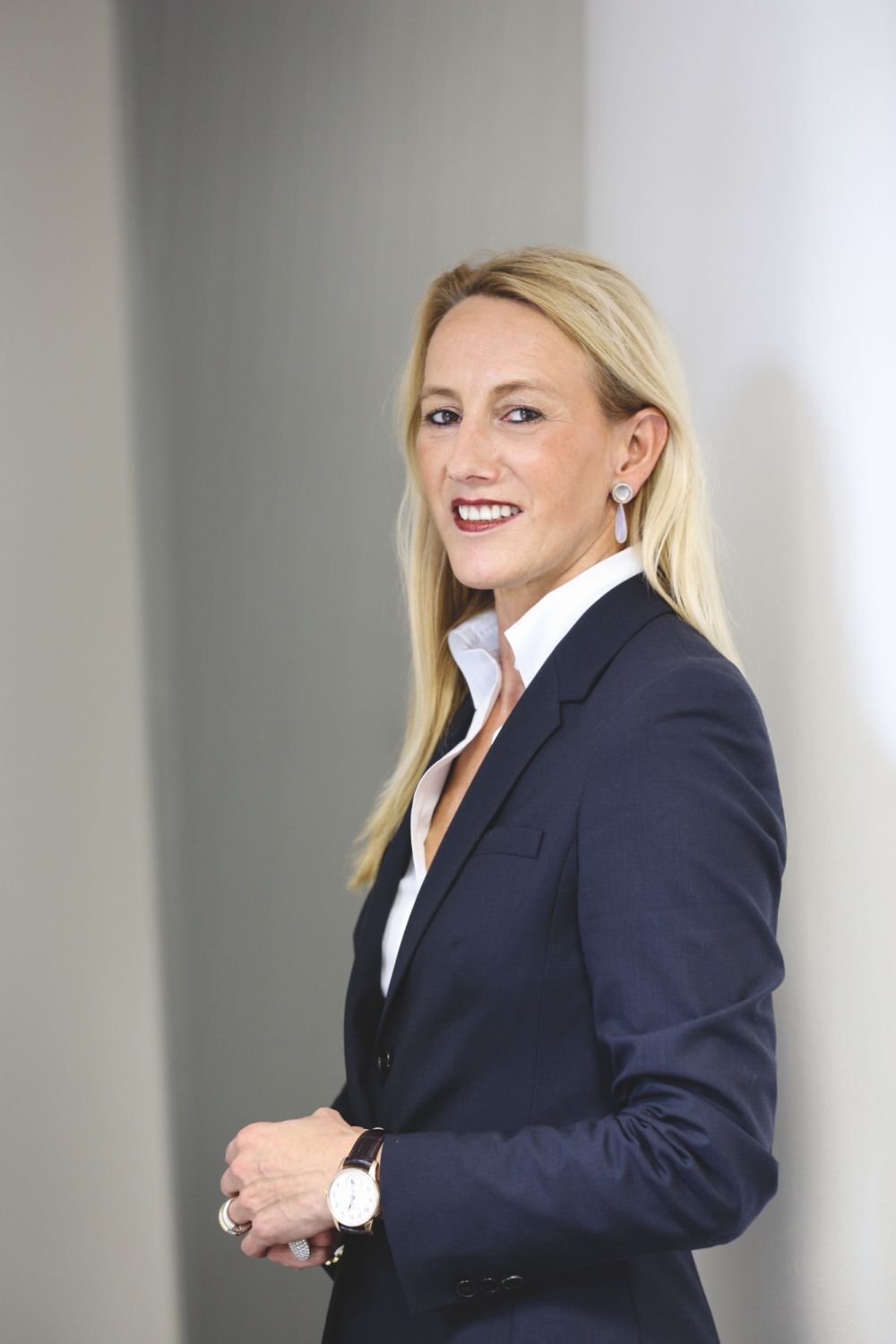Christine Hutter shares her journey from watchmaker to founder and CEO of her own independent watchmaking manufacture Moritz Grossmann, and what sets her brand apart
Karl Moritz Grossmann was one of the most prominent figures in German watchmaking in the 19th century. In addition to developing technically impressive pocket watches and pendulum clocks, Grossmann also co-founded the German School of Watchmaking in Glashütte. In 1885, he died of a sudden stroke and his manufacture in Glashütte was liquidated.
While that appeared to be the natural end of Grossmann’s story, his name and legacy would be revived and perpetuated more than 120 years later by a passionate watchmaker named Christine Hutter.
Born in Eichstätt, Germany, Hutter founded Moritz Grossmann as a watch manufacture in 2008 after acquiring the rights to the name and brand. Today, it is a well-known independent brand revered and coveted by watch aficionados around the world, including Singapore. During a recent visit here, Hutter talked to us about her founding journey, as well as the traditions and crafts that make Moritz Grossmann so special.
In case you missed it: MB&F’s Max Büsser on His Addiction to Creativity and Venturing Beyond Watchmaking

How did you first get into watchmaking?
Christine Hutter (CH): It was a crazy situation because I had always wanted to study sports, though I did also feel a little connected with the arts. After high school, I wasn’t able to take the examination for sports so a friend of mine asked me to consider watchmaking instead. And I thought, “Why not?”. I decided to give it a try and I really liked it. I did the apprenticeships, I was very good in school and it was clear for me to continue on in watchmaking. I experienced different areas from retail business to sales promotion, marketing and operation (with A. Lange & Söhne worldwide) and setting up distribution for sales in A. Lange & Söhne Middle East. Now with Moritz Grossmann, all my experiences in the different facets of watchmaking are coming together.
What led to your founding of Moritz Grossmann in 2008?
CH: Grossmann was a very excellent watchmaker in the 19th century and he did a lot for Glashütte and for watchmaking because he also wrote books and essays, and translated books from French into German. He also wrote essays for the British Horological Institute, and he won first prize. When I moved to Glashütte in ’96, I recognised the importance of the Moritz Grossman name and applied for the name protection with my family. When it was granted, I was working in Switzerland but it was clear that if I wanted to do something with the name, it had to be back in Glashütte. On 11 November 2008, I established the company with really just a letterbox and working from my kitchen table. We really started from scratch and took time to set up a production building, hire employees, train them, develop movements— it’s not done in half a year. We introduced our first timepiece in 2010 but only officially started producing them in 2013.


